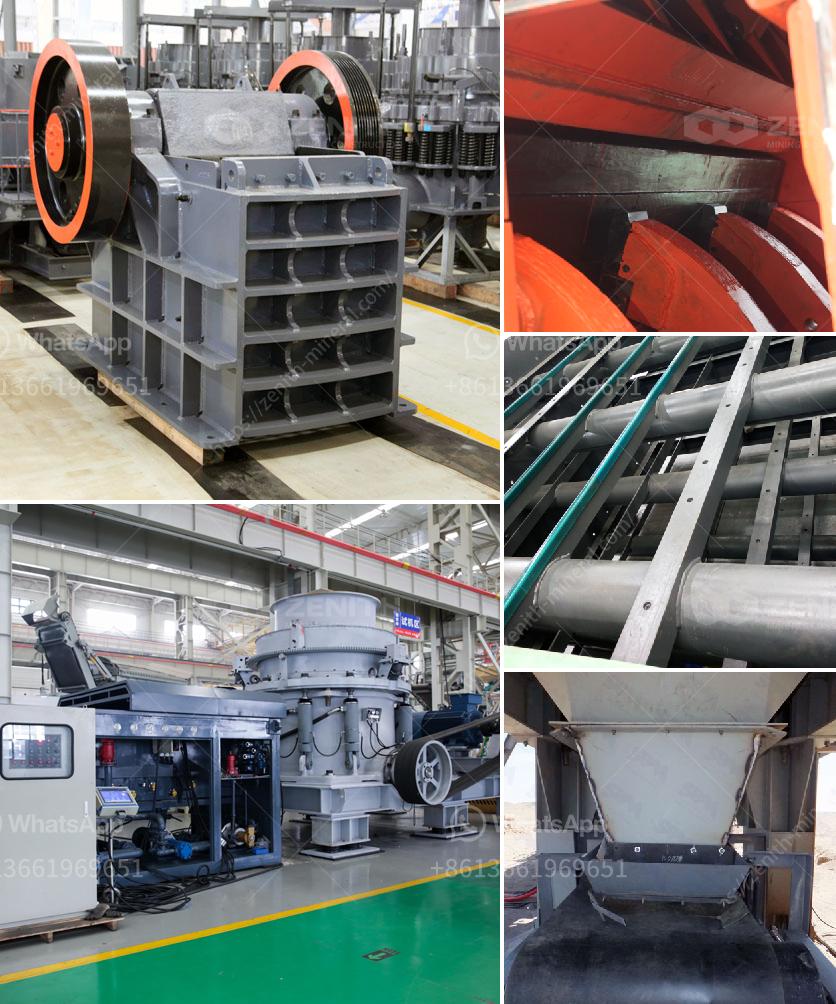Establishing a 60-ton coal crusher plant involves several steps, including planning, selecting equipment, acquiring necessary permits, installation, and maintenance. Here's a general guide to help you through the process:
1. Feasibility and Planning
- Determine Objectives: Clarify the purpose of the plant, input/output requirements, and overall goals.
- Site Selection: Choose a suitable location considering logistics, proximity to raw material sources, and ease of transportation.
- Cost Estimation and Budget Planning: Calculate the total budget, including capital expenditure, operational expenses, and contingencies.
2. Design and Engineering
- Plant Layout Design: Create blueprints incorporating the crusher, conveyors, storage facilities, and ancillary equipment.
- Process Flow Diagram (PFD): Design a flow chart that covers the entire process from raw coal feeding to the final output.
3. Permits and Compliance
- Environmental Impact Assessment (EIA): Conduct an EIA and secure necessary environmental clearances.
- Regulatory Approvals: Obtain local, state, and federal permits. This might include zoning permits, emissions permits, and safety certifications.
4. Equipment Selection
- Primary Crusher: Choose a machine capable of handling the intended throughput (e.g., jaw crusher, cone crusher).
- Grinding and Screening Units: Depending on the process, incorporate secondary crushers, grinders, and screening equipment.
- Conveyors and Feeders: Plan for the conveyor systems that will transport coal within the plant.
- Auxiliary Equipment: Install dust suppression systems, power supply units, and other necessary supportive equipment.
5. Procurement and Installation
- Supplier Selection: Choose reliable suppliers and manufacturers for the required equipment.
- Purchase and Delivery: Ensure timely purchase and delivery of all equipment.
- Installation: Engage qualified engineers and technicians for the installation and commissioning of the plant.
6. Safety and Training
- Safety Protocols: Develop and implement safety procedures to protect workers.
- Training Programs: Train operators and staff on the proper use of equipment and operational protocols.
7. Testing and Commissioning
- Initial Testing: Test individual components to ensure they meet specifications.
- Trial Runs: Run the entire plant to identify and resolve any issues before full-scale operations.
- Optimization: Make necessary adjustments to optimize performance and efficiency.
8. Maintenance and Monitoring
- Regular Maintenance Schedules: Implement routine maintenance to prolong equipment life and ensure operational efficiency.
- Monitoring Systems: Use monitoring tools and software to track performance and address issues promptly.
Key Considerations:
- Quality Control: Maintain strict quality control measures throughout the process.
- Efficiency: Focus on optimizing each stage to reduce waste and improve output quality.
- Sustainability: Aim for eco-friendly practices and compliance with environmental regulations.
By carefully planning and executing each of these steps, you can successfully establish a 60-ton coal crusher plant that is efficient, compliant, and sustainable.

